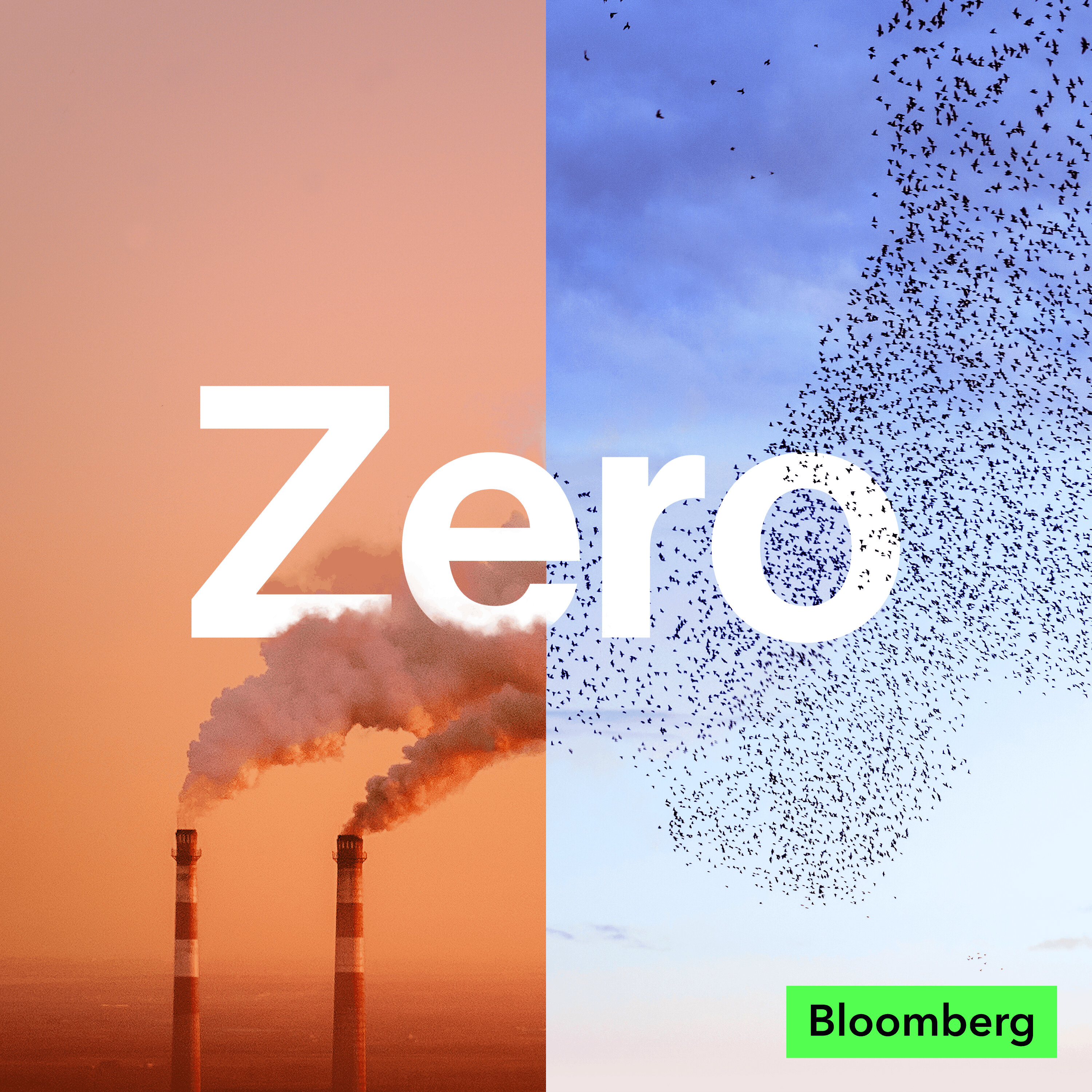
What Thomas Edison’s legacy looks like in the 21st century

Zero: The Climate Race
Deep Dive
What is GE Vernova's role in the global electricity system?
GE Vernova is responsible for 25% of the world's electricity, generated through its equipment in partnership with customers. The company focuses on transforming and decarbonizing the electric power system, with a portfolio that includes wind turbines, nuclear power, carbon capture, and grid solutions like software and batteries.
Why are investors optimistic about GE Vernova's growth?
Investors are optimistic because GE Vernova is positioned at the early stages of an investment super cycle in the electric power system, similar to past cycles like globalization and the internet. The company is expected to grow significantly as it serves markets and drives decarbonization, with its share price already showing strong performance since its initial listing.
What challenges does GE Vernova face in the offshore wind business?
GE Vernova's offshore wind business is struggling due to long project cycles, economic challenges, and a need for industry-wide pricing resets. The company is working to improve execution and manufacturing processes, particularly after issues with blade breakages and installation difficulties in 2023.
How is GE Vernova addressing the transformer shortage in the U.S. and Europe?
GE Vernova is investing in expanding its transformer manufacturing capacity, such as doubling production at its UK facility in Stafford. The shortage stems from a lack of growth in the industry over the past 15 years, and the company is now scaling up to meet the steep increase in demand.
What is GE Vernova's approach to decarbonizing its gas power business?
GE Vernova is investing in carbon capture technology and hydrogen combustion for its gas turbines. The company aims to make 100% of its gas turbine fleet hydrogen combustion capable by 2030, while also developing technologies to economically capture carbon from gas power plants.
How does GE Vernova view the growing electricity demand from AI and data centers?
GE Vernova sees the growing electricity demand from AI and data centers as an opportunity to accelerate decarbonization. The company believes that hyperscale customers, who are committed to sustainability, will drive investments in low-carbon technologies, enabling faster industrialization of decarbonized solutions.
What is GE Vernova's strategy for small modular nuclear reactors?
GE Vernova is developing small modular nuclear reactors (SMRs) using existing boiling water reactor technology. The first 300-megawatt SMR is set to begin construction in 2025 and will be operational in Canada by 2029. The company is also exploring opportunities in the U.S., Poland, the UK, and Scandinavia.
How is GE Vernova making the grid more resilient to extreme weather events?
GE Vernova is focusing on undergrounding grid infrastructure in storm and wildfire-prone areas to create a sturdier electric power system. The company is also committed to decarbonizing and electrifying the world to reduce the frequency of extreme weather events caused by climate change.
- Thomas Edison's inventions and business ventures formed the basis of GE.
- GE Vernova, a spin-off of GE, is focused on wind turbines, nuclear power, carbon capture, and grid solutions.
- GE Vernova's stock price has increased significantly since its creation.
Shownotes Transcript
General Electric Co was officially founded in 1892, when several of inventor Thomas Edison's ventures were consolidated into one company. From then on, it was a behemoth. But now that’s changed: A break-up that began last year has concluded with GE splitting off into three separate companies. Scott Strazik is the CEO of GE Vernova, which focuses on wind turbines, nuclear power, and carbon capture, as well as grid solutions such as software and batteries. Strazik joins Zero to talk about how the company is in the "early innings of an investment super cycle," and how it intends to overcome difficulties in offshore wind. Explore further:
- Past episode about the grid and the march toward electrification)
- Past episode about how Microsoft is squaring its AI growth with its carbon negative ambitions) Past episode with BloombergNEF’s Jenny Chase about the goal of tripling renewables by 2030)
Zero is a production of Bloomberg Green. Our producer is Mythili Rao. Special thanks this week to Will Mathis, Siobhan Wagner, Monique Mulima, Ethan Steinberg, Blake Maples, and Jessica Beck. Thoughts or suggestions? Email us at [email protected]. For more coverage of climate change and solutions, visit https://www.bloomberg.com/green).
See omnystudio.com/listener) for privacy information.